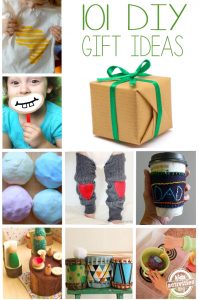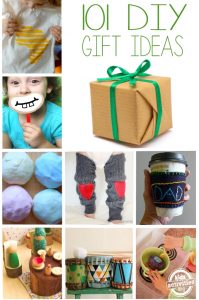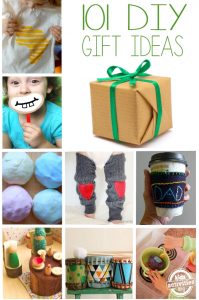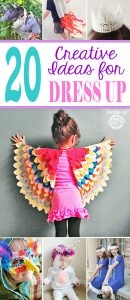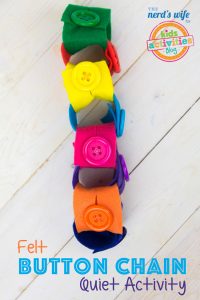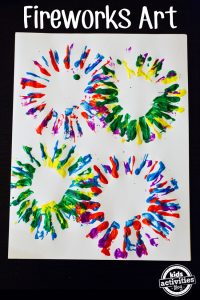
To some, cloth diapers sound like an ancient art that requires yards of fabric, buckets of safety pins, and lots and lots of stinky laundry. But these days, cloth diapers are not only ADORABLE, but very, very easy to use and wash “so much cheaper than disposables, and so much better for your baby.

Intro to Cloth Diapers – Styles & Basics
If you’ve ever browsed retailers like Cotton Babies and Nurtured Family (my personal fav), you know that these days, there are a TON of choices when it comes to cloth diapering. Where’s a mama to start?
Cloth Diaper Styles
These are some of the most common variants of cloth diapers.
(One we missed you think should be included? Tell us on Facebook!)
Flats – A 2-3′ square, folded into any variety of shapes to wrap your baby's bum or fold and lay in a waterproof cover. Comes in cotton, hemp, bamboo, and other varieties.
Prefolds – Tri-fold design with a few extra layers in the middle section “work very similarly to flats. Can also be found in several types of fabric.
Wool soakers – Underwear-style covers (no snaps or velcro) made out of wool, used to cover flats or prefolds and keep the moisture in. A tad more complicated to use than some of the options out there, but have some amazing qualities like breathability and self-cleaning.
Pocket Diapers – One of the most common types of modern cloth diapers. Think of them like a pillowcase “an absorbent insert (usually several layers of microfiber) is stuffed between a waterproof outer shell and a soft, inner stay-dry liner, sewn together with elastic leg gussets and snaps or velcro to secure to baby.
All-in-One Diapers – Basically, an all-in-one cloth version of the disposable diaper. No removal or stuffing of inserts, no adjustment of snaps, just grab and go. However, one of the most expensive types of cloth diapers, and take longer to wash and dry.
Hybrid Diapers – My fav's “the most versatile and cost-effective. A waterproof, adjustable cover and any variety of insert you prefer. Use a simple stay-dry microfiber liner, go for something more natural like bamboo with a hemp doubler, or even fold up a dish towel and throw a piece of fleece over it (for wicking moisture away from baby) in a pinch. Cover can be reused several times before washing (depending on exposure to debris).
Cloth Diaper Basics
If you know how to change a baby and how to do a load of laundry, you can cloth diaper! All it requires is a little extra care when washing and prepping.
To give you an example scenario – when I’m using a hybrid diaper with snap closure, I tuck the insert in the cover, unsnap the dirty diaper from baby, spray some cloth wipe solution on baby’s bum, wipe till clean with a cloth wipe, and snap the clean diaper on, checking to make sure it’s snug. If there are solids, I dump those in the toilet (did you know you should even do this with disposables?) and throw the dirty diaper in a diaper pail or wet bag to await laundry day. Easy!
When washing, I use this laundry detergent that I make myself (in 5 minutes!), do one cold and one hot wash & extra rinse, and dry them gently “then they’re ready to go again. The smell is no worse than that of disposables, and way less gross than most people make them out to be (I mean, come on, whether it’s a disposable or a cloth diaper, changing a baby is bound to have some stink to it!). We’ve had WAY less blowouts (and far less severe ones when we do) since switching to cloth, and our little ones (all four of them!) rarely get rashes or have other bum-related problems. Plus, of course, they always have super-cute tushies! 😉
Next up is Cloth Diapering: A Beginner’s Guide, but if you have more questions, check out Modern Cloth Diapering {All you need to know} ~ A Complete Guide over on Jornie.com.

